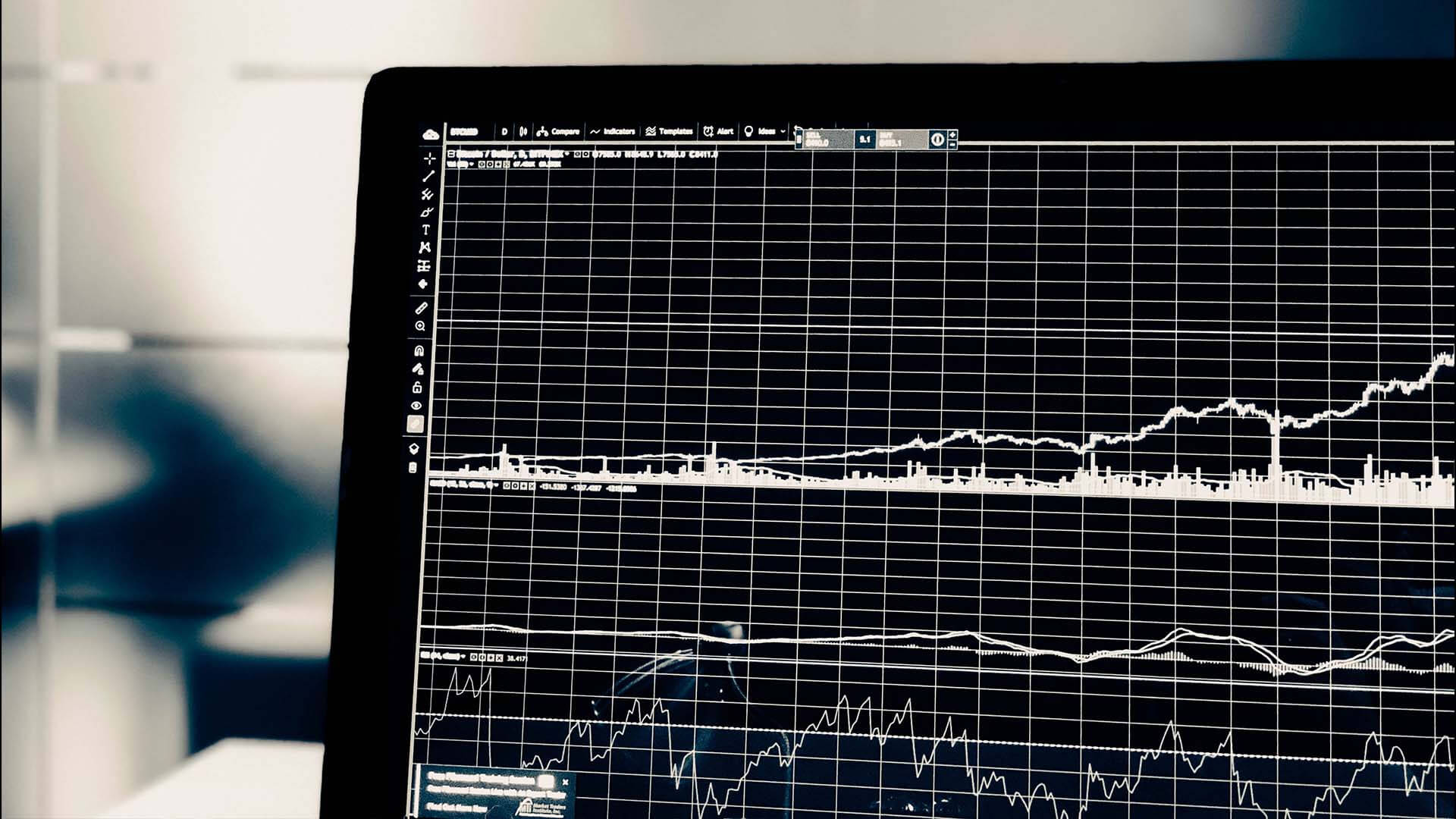Question
On 5/24/06 Thomas F. asked, “How do you determine if you will do a credit spread or debit spread?”
Answer
That’s a great question. The biggest deterrent to trading options is slippage. The liquidity is poor, the bid/ask spreads are wide and the commissions are high. The fewer trades I have to do, the better.
I use spreads when my confidence in the timing of a move is moderate (as opposed to high). I’m always a directional trader and all of my research looks for those opportunities. The spread allows me to reduce some of the risk exposure and increase the probability of the trade by going out of the money. It also reduces my margin requirement and allows me to generate a higher rate of return based on the capital I have “put up”. I use spreads to sell out-of-the-money (OTM) premium and take advantage of time premium decay. They are high probability trades where I’m willing to risk $4 to make $1. This risk reward ratio only works if you are right more than 80% of the time (assuming you take the max risk on losers). Given that I’m completely expecting the spread to expire worthless and I won’t incur slippage on the way out if the options expire.
The key to this type of trading is to have a stop-out point where you will shut down the trade and admitt that you were wrong. Often I use the strike price that I’m short and if the stock trades at that price, I buy in the spread. This will also keep you out of assignment risk and it will force you to “take your lumps”. This strategy is not designed to take many $4 hits.
I don’t trade debit spreads when I’m looking for a directional move and my confidence is high for a variety of reasons. That discussion will have to wait for another Q&A.









